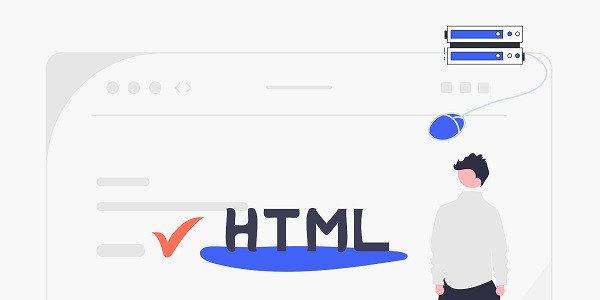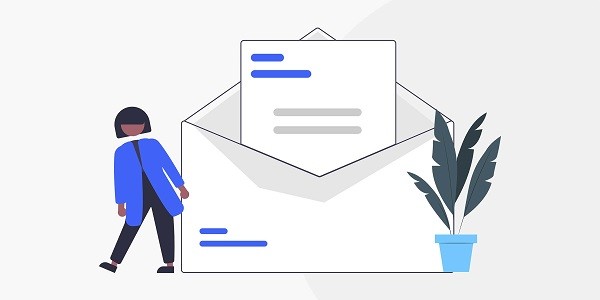This article comprehensively evaluates IP2world, the world's leading rotating proxy service provider, analyzes the core technical advantages of its dynamic residential proxies, covers key indicators such as IP rotation frequency, anonymity level, protocol compatibility, and demonstrates its practical effects in scenarios such as social media management and data capture. Core Values and Technical Standards of Rotational proxy ServiceRotating Proxy breaks through network restrictions and anti-crawling mechanisms by dynamically switching IP addresses. Its core performance standards include:IP pool size: number of countries/regions covered, total number of IPs and types (residential/computer room/mobile);Rotation granularity: supports changing IP addresses by request, time or custom rules;Anonymity guarantee: IP source authenticity (residence>ISP>computer room), protocol encapsulation strength;Success rate and latency: Request success rate > 99%, average latency < 200ms.Taking IP2world as an example, its dynamic residential proxy pool contains more than 50 million real residential IPs, covering 195 countries, supports 3,000 IP rotation requests per second, and has an average request success rate of 99.5%. IP2world's technological breakthrough in rotating proxies1. Intelligent IP rotation engineRotation strategy customization:Rotation by request: A new IP is automatically assigned for each HTTP request, which is suitable for high-frequency data crawling;Time window rotation: set a fixed interval from 1 minute to 24 hours (e.g. change IP every 30 minutes);Triggered rotation: Automatically switch IP when the target website returns a 403/429 status code.Precise geographic location control: Supports filtering IP addresses by country, city, and even ASN (Autonomous System Number), for example, only using residential IP addresses of the UK Virgin Media operator to access local e-commerce platforms.2. Multi-protocol hybrid architectureProtocol matrix adaptation:HTTP(S): Default mode, compatible with 99% of crawler frameworks (Scrapy/BeautifulSoup);SOCKS5: Direct connection mode reduces protocol overhead and increases video streaming loading speed by 40%;WebSocket: used for real-time data streaming (such as stock market monitoring).Traffic obfuscation technology: Enable TLS 1.3 encryption and TCP header camouflage for advanced protection systems such as Cloudflare to make proxy traffic consistent with ordinary user traffic characteristics.3. Enterprise-level API and management functionsBatch IP acquisition: retrieve IP lists in real time through REST API, supporting Python/Java/PHP and other language integration;Usage monitoring: The dashboard displays real-time concurrent counts, IP usage, and success rate heat maps;Blacklist and whitelist management: bind to specified domain names or IP segments to avoid wasting resources. Typical application scenarios and data indicators of rotating proxysScenario 1: Multi-account operation on social mediaDemand pain points: Facebook/TikTok and other platforms restrict the same IP from logging into multiple accounts;Solution:Assign an independent IP to each account and set it to rotate every 6 hours according to the posting frequency;Enable IP2world's device fingerprint synchronization function to match the browser environment where the proxy IP is located;Performance data:Account survival rate increased from 55% to 97%;The average daily operation volume of a single IP increased from 20 times to 150 times.Scenario 2: E-commerce price monitoringDemand pain point: Amazon/Walmart blocks high-frequency access IPs;Solution:Use a dynamic residential proxy to change IP for each request;Set a 2-second random request interval to simulate real user browsing behavior;Performance data:100,000 items of product data were collected per day, and the IP ban rate was less than 0.3%;Price update delay is compressed to within 5 minutes.Scenario 3: Advertising effectiveness verificationDemand pain point: Google Ads displays targeted ads based on different IP regions;Solution:Rotate residential IPs in target markets (e.g. Berlin, Germany, Los Angeles, USA);Use Selenium automation tools to simulate local user click behavior;Performance data:Ad creative coverage increased from 65% to 92%;Verification efficiency increased by 8 times (traditional solutions require manual VPN switching). Key evaluation dimensions for selecting a rotation proxy service1. IP resource qualityResidential IP ratio: IP2world's residential IP ratio exceeds 80%, significantly better than service providers that mainly use data center IPs;Operator distribution: Mainstream ISPs in the target area must be covered (such as Comcast in the United States and NTT in Japan);Blacklist refresh rate: IP2world updates 20% of the IP pool daily to ensure a low ban rate.2. Complexity of technology integrationSDK support: IP2world provides development kits for languages such as Python/Node.js, which reduces the number of lines of API call code by 70%;Browser extension: One-click proxy, support Chrome/Firefox plug-ins;Log audit: Access log retention and export in compliance with GDPR standards.3. Cost-effectiveness ratioPricing model:Traffic billing: suitable for data crawling ($1/GB);IP number billing: suitable for multi-account management ($0.5/IP/day);Billing by number of threads: suitable for high-concurrency scenarios ($10/100 threads/month).Free trial policy: IP2world provides a 3-day trial period, with 1GB of free traffic or 50 IPs. ConclusionWith its dynamic residential proxy technology, IP2world is in the leading position in the industry in core indicators such as rotation granularity, protocol compatibility, and success rate. Its technical architecture has passed the stress test of tens of millions of concurrent users and serves more than 20,000 customers, including cross-border e-commerce giants and Fortune 500 companies. For application scenarios that require high anonymity and high stability, IP2world's rotating proxy service can reduce operation and maintenance costs by 80%, while increasing business efficiency by more than 3 times. As a professional proxy IP service provider, it also provides a variety of high-quality proxy IP products, including dynamic residential proxies, static ISP proxies, exclusive data center proxies, S5 proxies, and unlimited servers, which are suitable for a variety of application scenarios. If you need to obtain customized solutions or performance benchmark reports, you can visit the IP2world official website to consult the technical team.
2025-03-14









